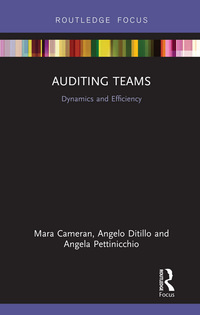Question
Joe Heffernan decided to start a snow removal business in his neighbourhood, which he called Snow Care. He invested his used truck into the business
Joe Heffernan decided to start a snow removal business in his neighbourhood, which he called Snow Care. He invested his used truck into the business on November 1, 2020. Joe had purchased the truck on November 1, 2017, for $15,600. He looked up the fair market value of his truck on a popular web site and arrived at a value for his truck of $6,850 as of November 1, 2020. At that time, he used $4,200 from his savings account to pay for the overhaul needed in order to prepare the truck for pushing a heavy plow. Then, after investing additional cash into the business, Snow Care was able to purchase, on November 5, a brand new snow plow to be attached to the truck, at a cost of $6,030. The apparatus to attach and operate the plow cost $500. In order to operate the truck on the streets, Joe was required to upgrade his drivers licence at a cost of $1,020 per year ($85 per month), add commercial use to his truck insurance at $2,400 per month, and purchase a $380 business licence that was valid for one year. Based on its seasonal operations, Joe determined that his business should depreciate the truck and plow using the units-of-production method. When making this decision, Joe also considered the estimate of the residual values of these two assets. He believes that the truck will last another four years and be driven a total of 67,000 kilometres, at which time it could be sold for $1,000. In the case of the plow, estimated units of production will also be 67,000 kilometres and the residual value is expected to be $500, after four years of use. Snow Care used the truck for 4,800 kilometres in the fiscal year ended December 31, 2020 and 17,000 kilometres during the fiscal year ended December 31, 2021.
1. Prepare the adjusting journal entries for depreciation of the assets for the fiscal years ended December 31, 2020 and 2021. (Credit account titles are automatically indented when the amount is entered. Do not indent manually. If no entry is required, select "No Entry" for the account titles and enter 0 for the amounts. Record journal entries in the order presented in the problem.)
| Date | Account Titles and Explanation | Debit | Credit |
| (To record depreciation expense for truck) | |||
|
| |||
| (To record depreciation expense for equipment) | |||
|
| |||
| (To record depreciation expense for truck) | |||
|
|
| ||
|
| |||
| (To record depreciation expense for equipment) |
2. Snow Care is considering using the double diminishing balance method instead of the units of production method. Prepare a depreciation schedule using double diminishing balance to show depreciation expense, accumulated depreciation, and carrying amount for the truck each year until it is fully depreciated. (Round answers to 0 decimal places, e.g. 5,275.) Depreciation Schedule: diminishing balance method
| Calculation | Year End | |||||||||
| Year | Depreciable amount | Depreciation Rate | = | Depreciation Expense | Accumulated Depreciation | Carrying Amount | ||||
| Vehicles | $ | |||||||||
| 2020 | $ | % | $ | $ | ||||||
| 2021 | % | |||||||||
| 2022 | % | |||||||||
| 2019 | % | |||||||||
| 2020 | % | |||||||||
Step by Step Solution
There are 3 Steps involved in it
Step: 1

Get Instant Access to Expert-Tailored Solutions
See step-by-step solutions with expert insights and AI powered tools for academic success
Step: 2

Step: 3

Ace Your Homework with AI
Get the answers you need in no time with our AI-driven, step-by-step assistance
Get Started


